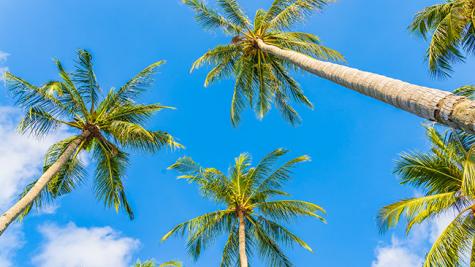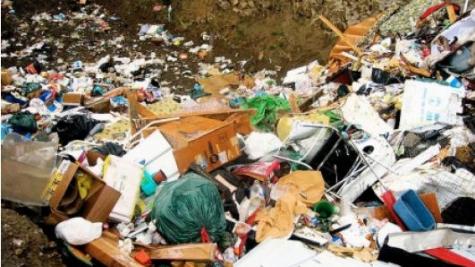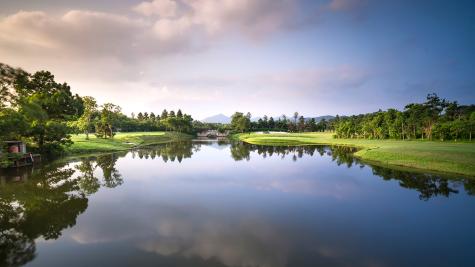Safe Clean Living Near a Nuclear Power Plant

Nuclear energy is a double edged sword. It creates energy to wash your clothes, cool your refrigerator to keep your food fresh, turn your lights on for safety and comfort at night and operates heat and/air conditioning for your home to be at a temperature to your liking.
It also creates nuclear waste (an environmental hazard for which there is no proper disposal area), releases radioactive steam into the air, posing a serious health threat to individuals living within 20 miles of the nuclear power plant itself by giving them a fairly constant low lose of radiation.
When nuclear energy was being tested in the 1950’s in the western U.S., long term exposure to it was not yet studied. Since then, documented cases of breast cancer and diabetes mellitus fall into the same geographical pattern as nuclear waste fallout. More recently, studies have found hormonal changes are occurring in animals resulting in the animals’ genitalia being altered, missing or reduced in size.
In 2005, the National Academy of Sciences, the highest scientific authority in the U.S., issued a 700 page report confirming that no level of exposure to ionizing radiation is safe. The report is entitled, “Health Risks from Exposure to Low Levels of Ionizing Radiation”. Ionizing radiation is the kind used to alter cells, such as that in microwaves and x-rays. The greatest risk from ionizing radiation is breathing it in or ingesting it with food. Remember, you cannot smell, taste or feel radiation. Once it is inside you, it becomes the equivalent of a madman in your front yard, shooting repeatedly at your home. The radiation will tear apart cells, damage DNA and cause illness, disease and cancer.
Protecting yourself against the harmful effect is easy by using water and air filters specifically designed to remove radiation, eating foods and supplements that mitigate the harmful effects and facilitate removal of the radiation from your body and also by reducing your exposure to rain or snow (the radiation travels in the air until it accumulates on a raindrop or snowflake, falling to the earth).
Water filters to use have ion exchange and activated carbon. The best air filters to use are HEPA. In Hiroshima, macrobiotic diets were used after WWII to reduce the effects of radiation and successfully, with almost 1/3 of the population in one hospital surviving for decades without serious illness or cancer. Supplements that boost your immune system are needed as the radiation will suppress it. Increasing your intake of anti-oxidants will combat the barrage of free radicals that radiation can create inside you.
Many more ideas on what to eat, what not to eat, recommendations for supplements and simple lifestyle changes to reduce nuclear energy exposure are illustrated in Theresa Pantanella's book entitled, “America’s Chernobyl”. Her book is available at Amazon.









